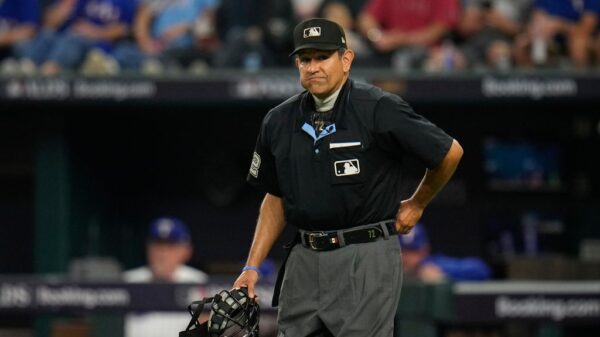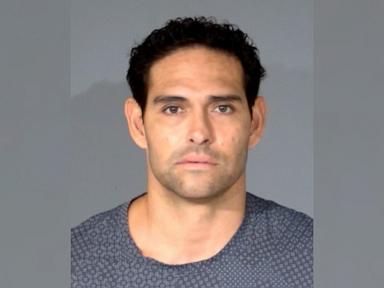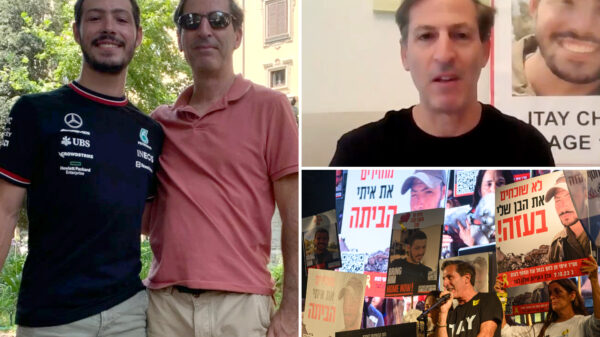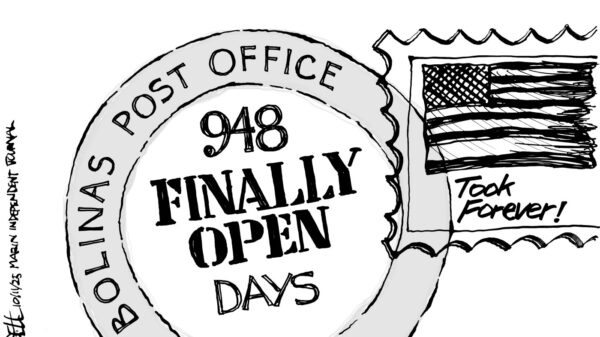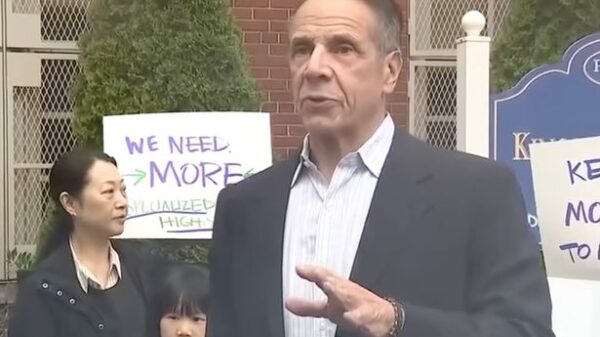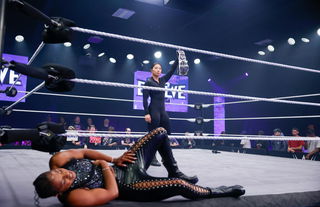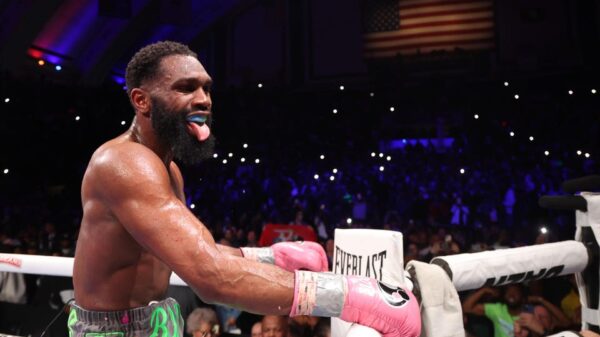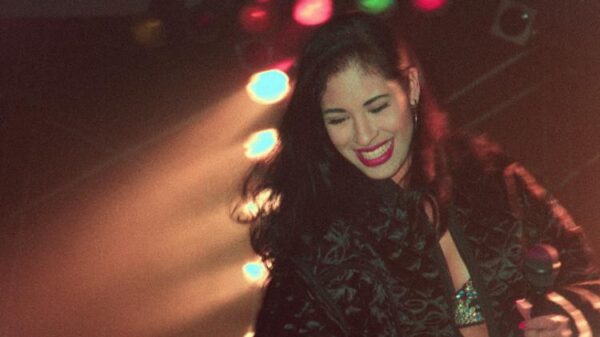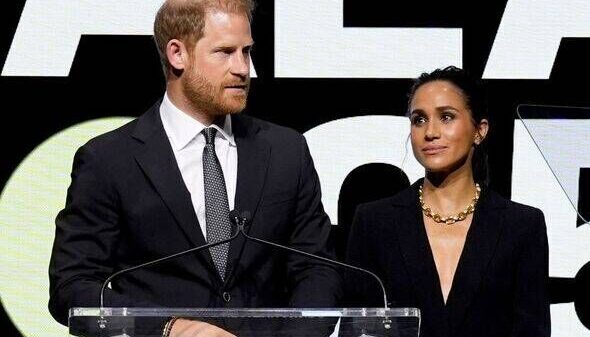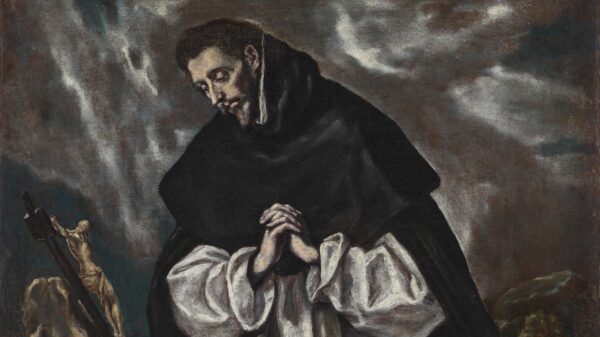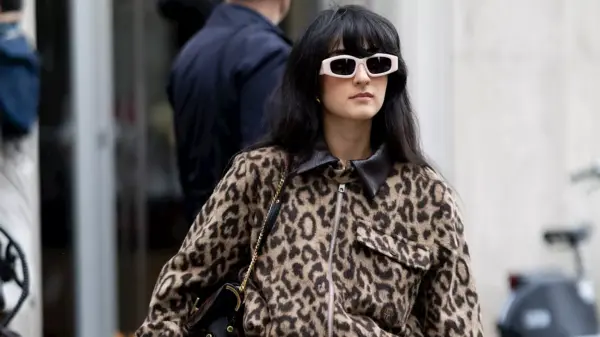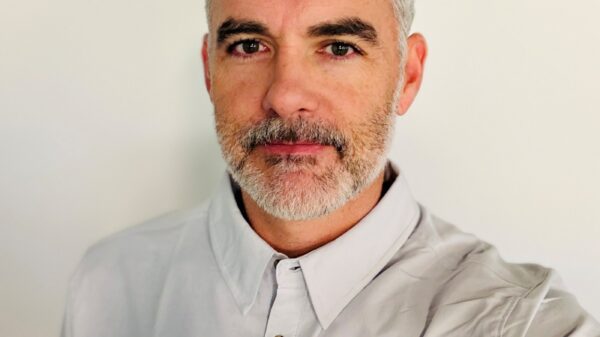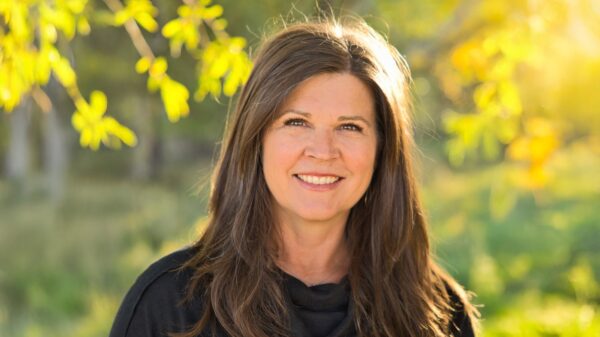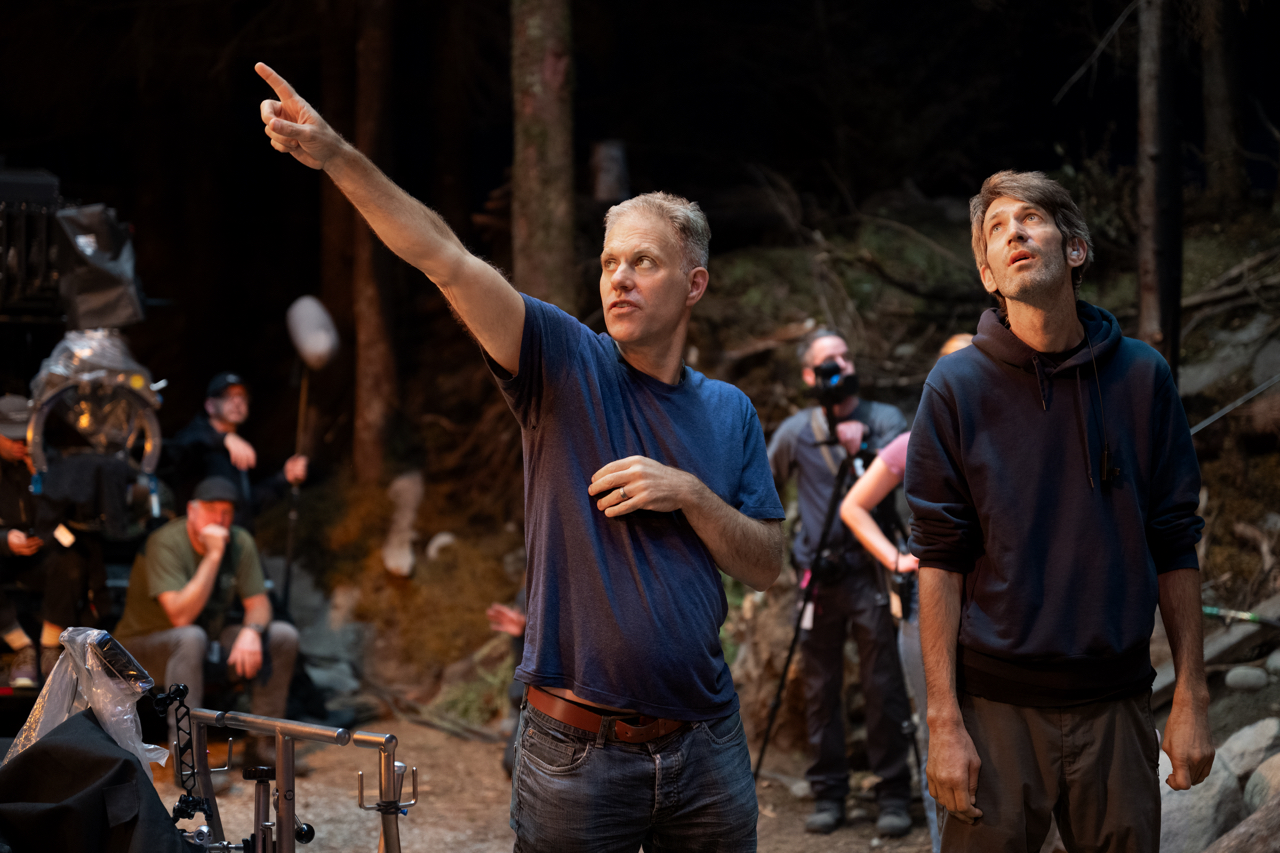The Apple TV+ series “Smoke” has captivated audiences throughout 2025, culminating in a season finale that offers a haunting conclusion to the story of arson investigator Dave Gudsen, portrayed by Taron Egerton. The finale not only showcases intense performances but also demonstrates the creative vision of its team, led by creator Dennis Lehane and director Joe Chappelle. Viewers were treated to a visually stunning episode that effectively balances beauty with grim realism.
Cinematographer Francois Dagenais played a pivotal role in crafting the series’ visual narrative. Throughout the nine-episode season, he aimed to channel the energy and feeling of classic films, particularly William Friedkin‘s 1971 thriller “The French Connection.” Dagenais remarked, “We didn’t want to copy the look of it, but we wanted to copy the energy and the feeling.” The intention was to ground the series in reality while still embracing a bold and dramatic aesthetic.
The show’s urban environment is integral to its storytelling. Dagenais highlighted the importance of using long lenses to create a sense of proximity to the city. “We wanted to really feel the city’s presence,” he explained, noting that films from the 1970s often utilized this technique to enhance dramatic impact. By framing scenes to showcase urban depth and incorporating genuine light sources, the series immerses viewers in its gritty setting.
As the characters evolve over the course of the season, Dagenais employed lighting techniques to reflect their internal changes. A notable example is the character Freddy, who undergoes a transformation after a salon visit. Initially shrouded in shadow, his appearance brightens following his makeover, symbolizing newfound hope. Unfortunately, this glow fades dramatically, reinforcing the show’s exploration of shattered dreams.
The season finale featured a central set piece—a forest fire—created entirely on a sound stage, a choice that initially raised concerns for Dagenais. “This show is all about being real, and when you shoot exteriors inside, it’s hard to feel real,” he admitted. To maintain authenticity, he drew inspiration from photography of actual forest fires, noting how smoke can obscure daylight, creating a night-like atmosphere.
Dagenais faced technical challenges during the shoot, including worries about the heat affecting the lights. “Would the wireless to the lights stop working? Would the sky panels stop reacting?” he pondered, emphasizing the meticulous planning required for the scene. A technician monitored the heat levels throughout the shoot, ensuring that everything operated smoothly.
Despite the complexities, Dagenais found the experience rewarding. Feedback from the colorist, who remarked that the footage appeared as though it had been shot outdoors, validated his efforts. “That was the best compliment I could get for what was, for me, a very tricky sequence,” he concluded.
All episodes of “Smoke” are now available for streaming on Apple TV+, allowing audiences to dive into this gripping narrative that combines intricate storytelling with striking visuals.


